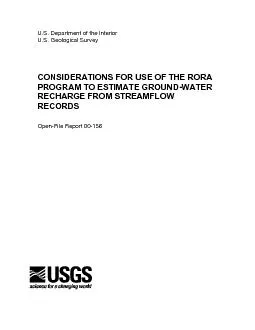PPT-Setting Up a New Recharge Center
Author : trish-goza | Published Date : 2018-03-15
StepbyStep Guidance What is a Recharge Center A recharge service facility is a selfsupporting operating unit within the University that exists principally to
Presentation Embed Code
Download Presentation
Download Presentation The PPT/PDF document "Setting Up a New Recharge Center" is the property of its rightful owner. Permission is granted to download and print the materials on this website for personal, non-commercial use only, and to display it on your personal computer provided you do not modify the materials and that you retain all copyright notices contained in the materials. By downloading content from our website, you accept the terms of this agreement.
Setting Up a New Recharge Center: Transcript
Download Rules Of Document
"Setting Up a New Recharge Center"The content belongs to its owner. You may download and print it for personal use, without modification, and keep all copyright notices. By downloading, you agree to these terms.
Related Documents














